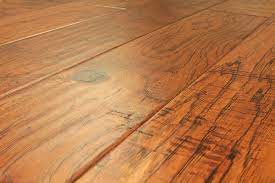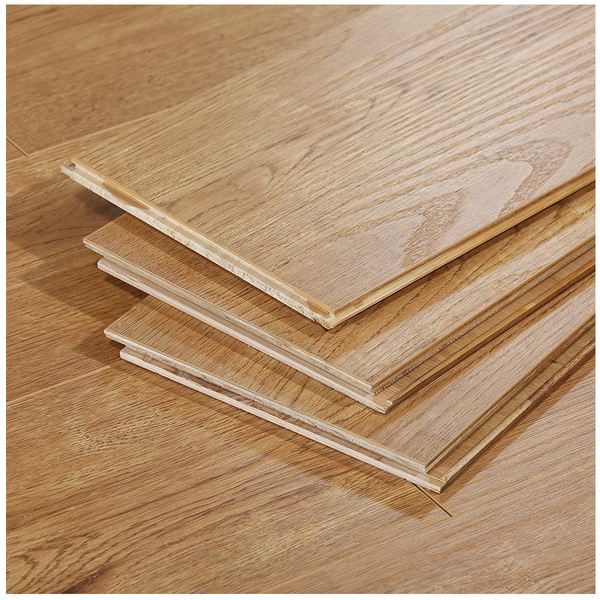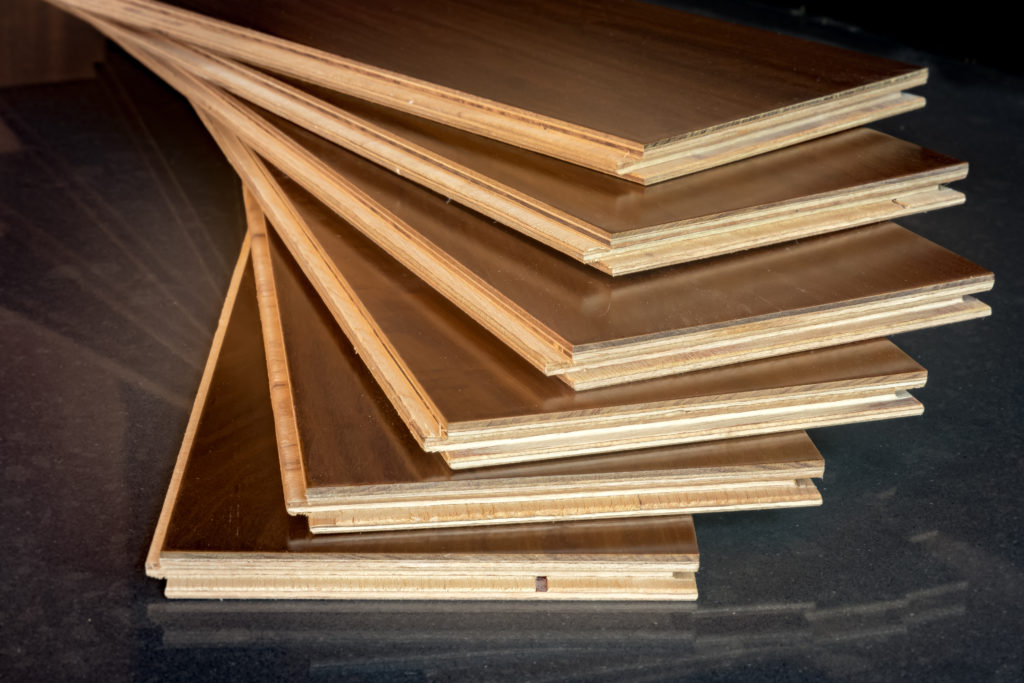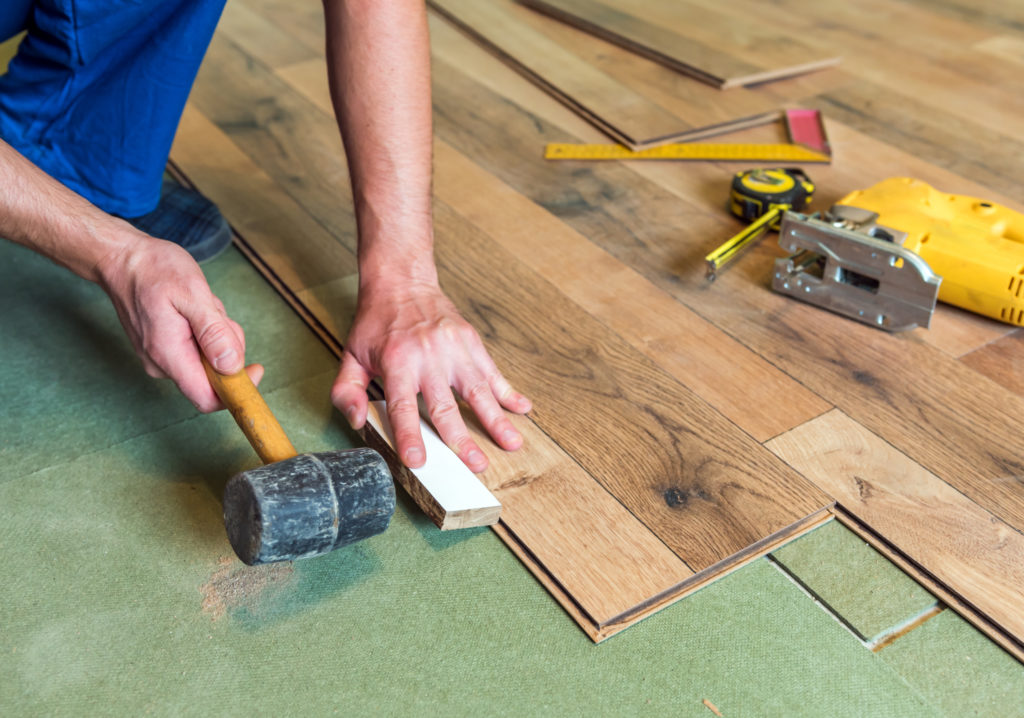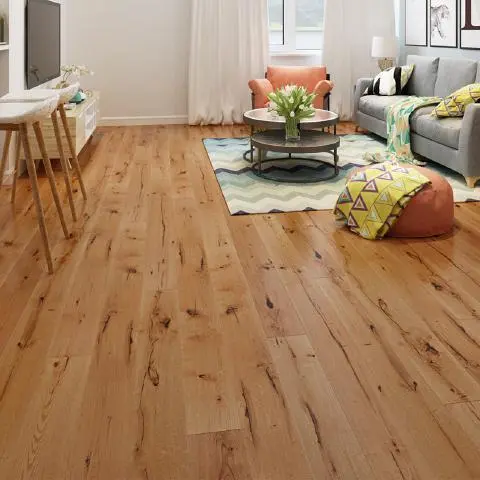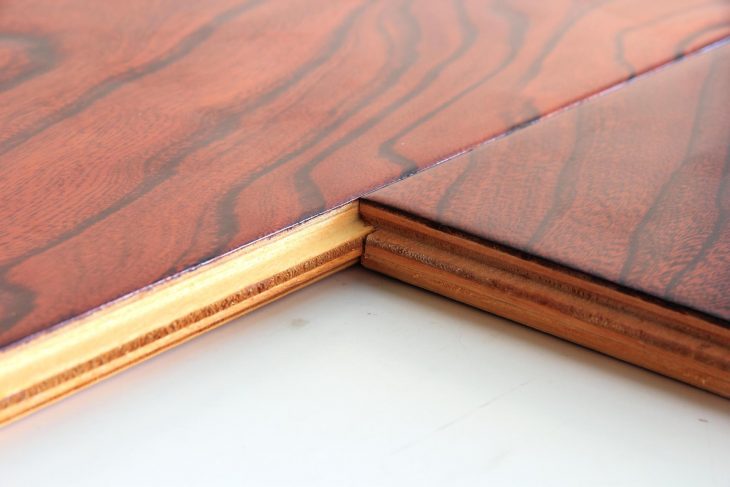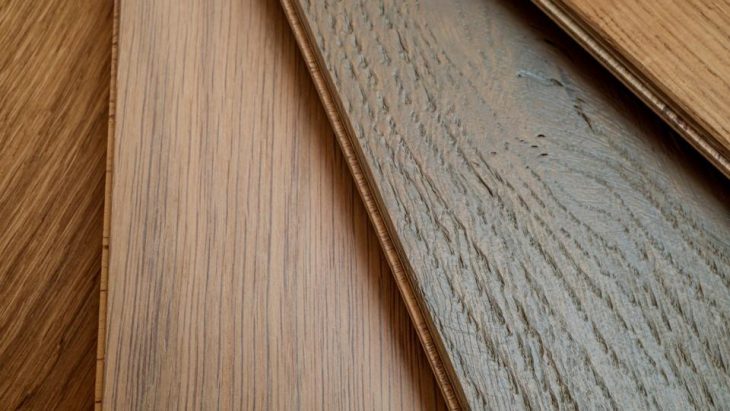Wood Flooring Grade – Explained
Most of the real hardwood flooring is sold in various grades – Prime, Select, Natural, Rustic, etc. But what exactly this means? The grade of the timber in general, refers to the number of knots, sap wood and “imperfections” that the particular wooden flooring product (plank or parquet) would allow.
Unfortunately, there is no single definitive framework that can be used as an International Standard and the criteria can also vary between wood species. Different suppliers and manufacturers could refer to the below classification in different way or names.
Wood Flooring Grades Classification
It is commonly accepted among the majority of the wood flooring traders the grade of the timber to be shown as alphabet letters, as well as combination of them – A, AB, ABC, ABCD, CD. Often this refers to the actual wood flooring grades as follows:
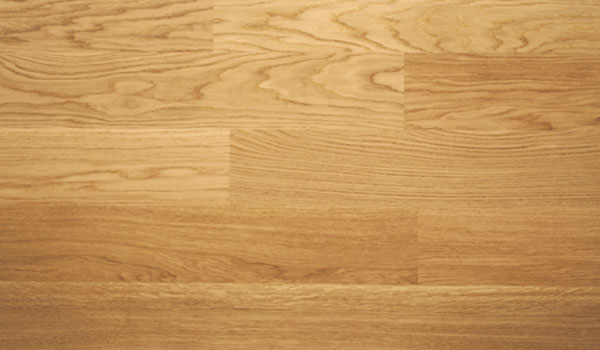
A – Prime Grade
Typically, prime grade has few, or no knots, and these will be of minimal size. As they are small in size, they are usually referred as pin knots or eye knots. They are also known as healthy knots, as in general no filler is required to be used to fill them. There will be a relatively small amount of colour variation in the timber itself. And usually in the pure prime grade, no sapwood should be allowed.
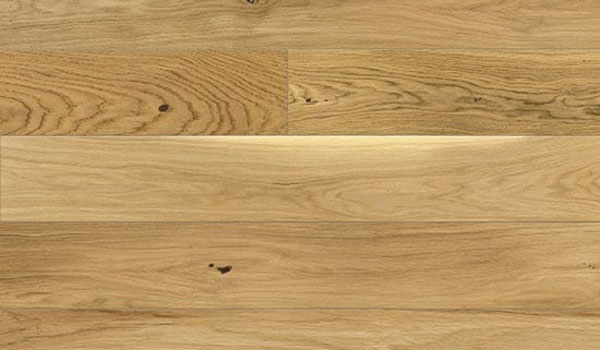
AB – Select Grade
Select grade in widely available as an alternative to Prime grade, where pure prime boards cannot be obtained. Select grade of flooring will have some completely clear Prime grade planks, mixed with some with restricted size knots usually up to 10-15mm in size, some of which could be healthy knots, however filled small size knots is also allowed. Typically, with in Select grade of flooring about 10% sapwood is also allowed, as well as some colour variation of the actual timber.
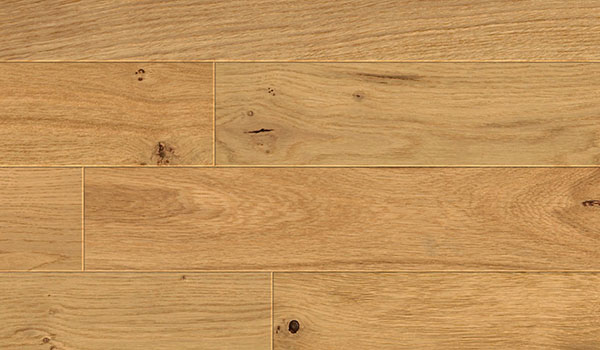
ABC – Natural Grade
Natural Grade flooring, as the name suggest would have natural appearance of the wood, with some normal size knots about 25-50mm wide, often filled in wood filler. Number of knots could be limited per board. Sapwood and natural colour variation is usually allowed in this grade, as well as some filled cracks & knots on the edges.
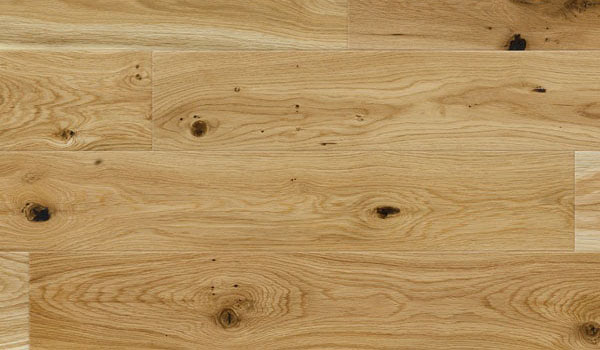
ABCD – Natural / Rustic Grade
Rustic grade, together with the natural grade above, are the most widely spread wood flooring options, available in nowadays. Rustic grade flooring comes with virtually limitless size and number of knots per board. Due to the usage of heartwood & sapwood, colour variation is to be expected. Cracks and knots are often filled with filler to complement, rather than match the colour of the wood. As the letter abbreviation suggests, this grade is mixture of some occasional cleaner boards with more natural/rustic ones.
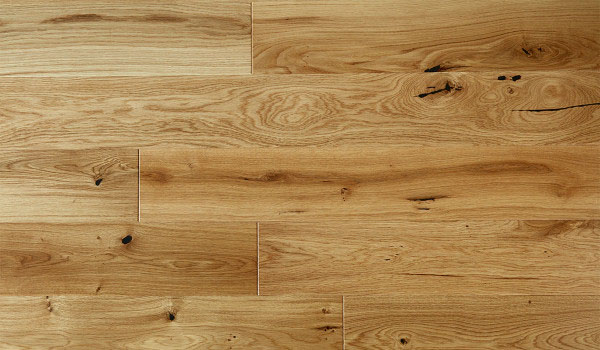
CD – Rustic / Character Grade
Character grade, is usually the lowest grade of timber, available in UK. This grade is a desirable choice where the character of the timber is to be emphasized. There is no limit of the sizes, shapes & number of knots. Any size cracks are allowed per board. Within this grade, there might be some (or all) unfilled, open knots and cracks. Maximum colour variation is allowed. Some products in this grade will also allow for some natural or purpose made imperfections – insects marks, rough saw marks, surface deformations, etc.
Wood Flooring Grades in Exotic Woods.
Apart of the most commonly used hardwood in UK – Oak, there are plenty of exotic wood species available in the market. Different exotic woods come with their specific characteristics in terms of knots, colour variation, sapwood, etc.
In general, most of the exotic timbers comes with quite vast colour variation. In addition to that some would have quite distinctive colour of their sapwood, which creates unique appearance of the flooring, when supplied in Rustic grade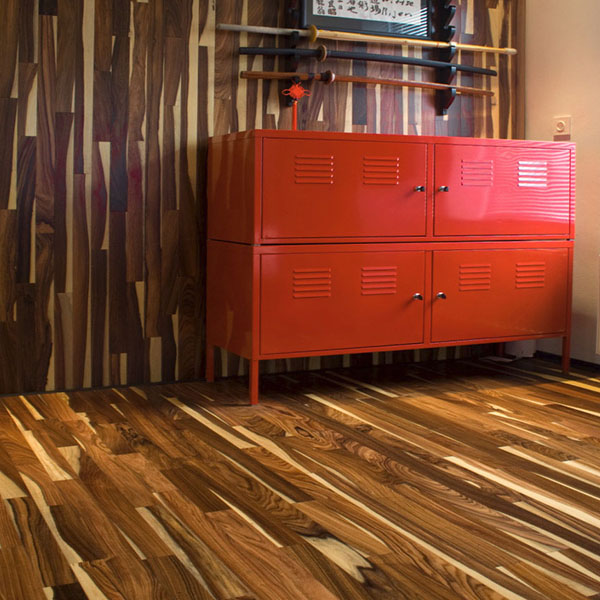
Morado Character Grade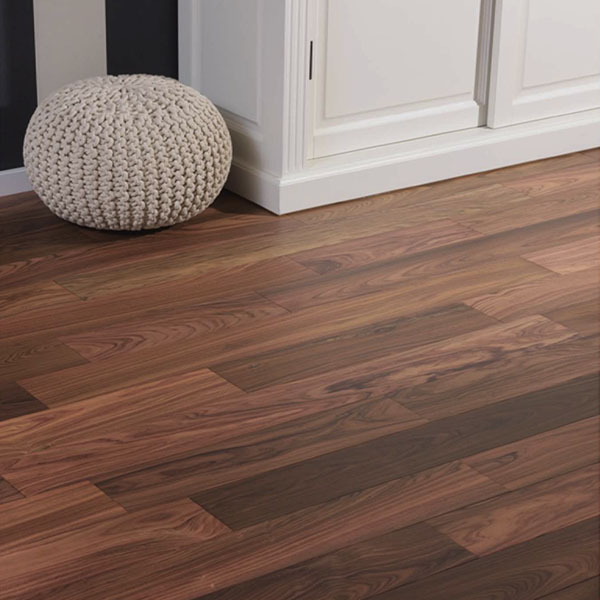
Morado Select Grade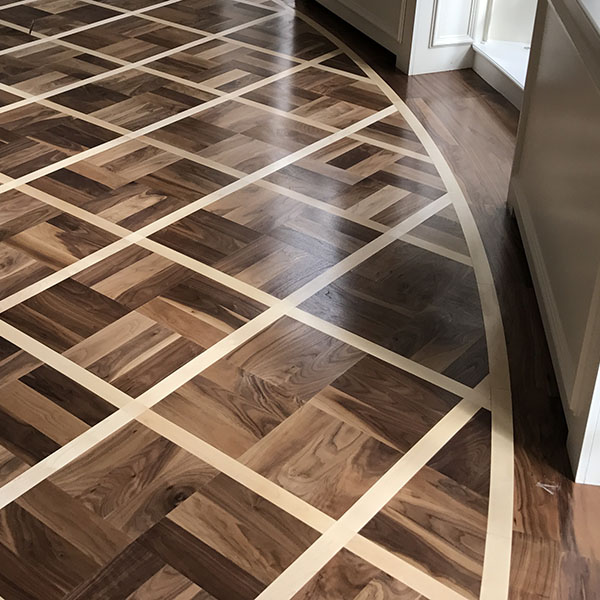
Walnut Panels Character Grade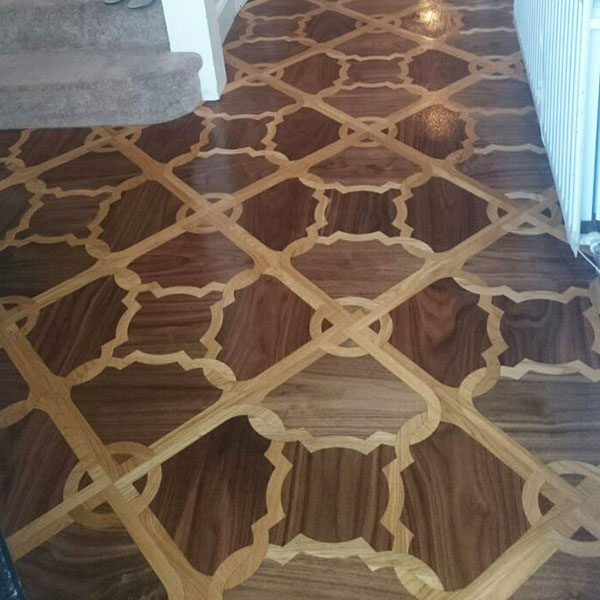
Walnut Panels Select Grade
Does lower Grade means Lower Quality?
The short answer is No. The lower grade does not necessary means that you have lower quality flooring. The quality of the timber itself should be exactly the same in all grades. Especially when we talk about engineered timber. Please note though that some wood flooring grades would allow open knots & cracks, however, in most cases this is purpose made in order to enhance the character of the flooring.
What is the right grade of wood flooring for my property?
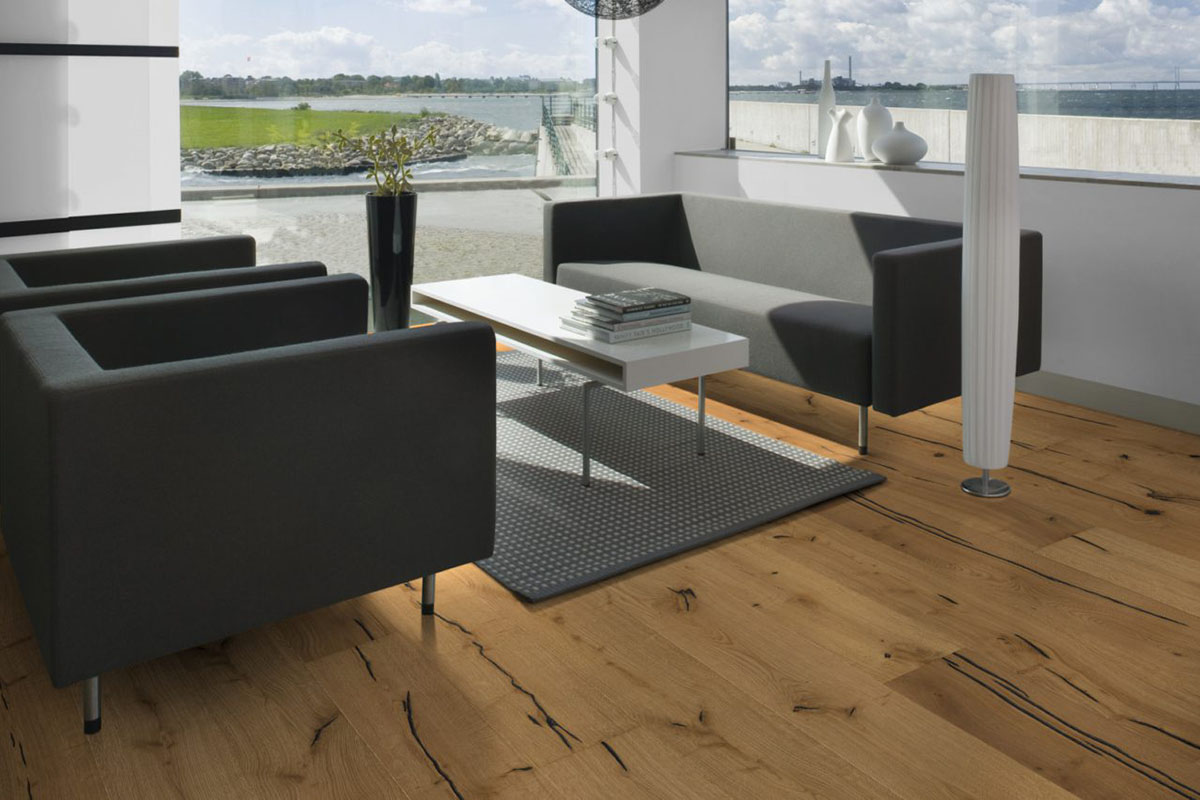
There is no right or wrong grade of flooring for any property. This is very subjective and will depends on the personal preferences & designer’s vision of the interior. A lot of customer would refer to Prime or Select grade of flooring if they would like to have more modern and/or minimalist appearance of the interior. Rustic/Character grade would refer to more traditional appearance. There are some exceptions in this, as some interior designers would make a combination of rustic flooring with modern furniture, which does appear rather nice.
The main thing when choosing wood flooring in particular grade is personal taste. Some clients would favour Cleaner grade, but for other it will look too perfect and fake. So it is important to make up your mind about this during the initial stage of planning for your wooden flooring.
Cost difference of different grades of flooring
As with everything else, there is a notable cost difference between the wooden flooring products that comes in different grades. In general, Prime or Select grade of flooring would be more expensive than Natural or Rustic, due to only small portion of the timber log can be used to produce cleaner grade of flooring. The cost would also depend on other factors, such as type of the wooden flooring (engineered flooring, solid wood, parquet blocks), size of the wooden flooring (thickness, width, length of the blocks or boards), as well as where it has been manufactured and of-coarse the actual wood specie.
Some wood species, as well as some types or sizes of wood flooring comes only in one particular grade. Also, usually the factory finished wood flooring products are made in a particular flooring grade only, with no option to be supplied in different grades (nor sizes).
Wood Flooring Grade – Tips
When choosing the right wooden flooring for your project, while considering the grade you may like, it is important to understand the overall appearance in the chosen colour. Usually Prime or Select Grade flooring appears better in combination of Light or natural finishes. If more medium/Dark look of the flooring is required, the colour itself would make the knots, sap wood and imperfections much less visible, therefore it could be more sensible to go with rustic grade flooring, instead of cleaner grade, as both will look more or less similar.
It is probably the same the other way around. As often the knots of the oak boards are filled in black filler, they will be quite obvious if the flooring is finished in very light / pale finish. This needs to be taken in to account during your initial planning of the desired flooring.
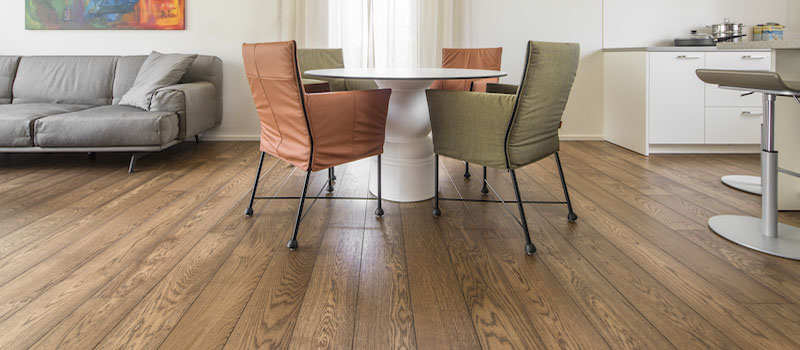
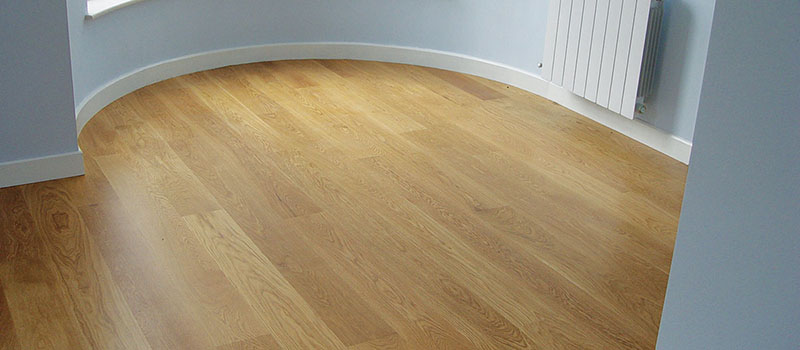
Some flooring manufacturers thought do make their Rustic grade wooden flooring products with matching colour wood filler in the knots, which makes even their rustic grade floors to appear more uniform
Conclusion
While choosing between the different grades of the wood flooring, there is really no rite or wrong option. It is very personal choice and will mainly depends on your particular taste.
If you are keen to get wooden flooring in a particular grade, always ask the supplier about details of the flooring grade – what is and what is not allowed with in it. Reputable Flooring Company will gladly provide you with detailed information about the grading of the particular product. Also Experienced Flooring Installer will always give you valuable advise about the required wood flooring and its grade.
Please note that the grade (specification or names) may vary, due to different countries & factories having different grading rules and industry standards. Please refer to this article as guidelines only and check with your wooden flooring supplier the actual specification and allowance of the particular grade of the timber.
oRIGINAL sOURCE https://www.luxurywoodflooring.com/wood-flooring-grade-explained
Read More
